Perennial success
Hardy new plants offer lots of impact with little effort
Where to find them
Check your local nurseries for these and more perennials.
For more information, see www.monrovia.com or www.terranovanurseries.com.
Flower power with little effort is a worthy and attainable goal. Picture a garden or deck decorated with gloriously flowering plants and attractive foliage. Add the facts that these plants thrive with low amounts of water and have few maintenance needs, and you have a formula for success.
It all starts with a careful selection of perennials — plants that flower, die back and then burst back into lovely display year after year. There are perennials that thrive in sun and heat; others favor shade. They come in many sizes and types — including ground covers, medium growers for borders or containers, and tall plants that work as focal points or back-of-bed displays.
Popular perennials include day lilies, coneflowers, lantana and yarrow. And there are many, many more choices. New versions of old favorites, bred for vigor, repeat flowering, disease resistance and moderate water needs are available now in many nurseries and garden centers.
Horticultural experts Dan Heims, president of Terra Nova Nurseries, and Nicholas Staddon, director of new plants for Monrovia Nurseries, scour the world for outstanding plants. For decades, these two horticultural gurus have shared their plant passion and expertise with the gardening public. Their companies have bred or introduced exciting, garden-worthy new varieties. These plants thrive in heat, needing only a modest amount of water or fertilizer after young plants are established in the garden.
What the experts say:
Heims and Staddon’s top picks for San Diego gardens:
Peruvian lilies (Alstroemeria): Dual purpose, in landscapes and long-lived cut flowers. But older versions tend to grow tall and floppy. Monrovia’s Little Princess series stays demure and downright showy in garden beds or containers. ‘Letizia’ has deep red flowers with yellow throats. ‘Diana’ has warm yellow flowers with soft orange stripes. Creamy-yellow 2-inch flowers of ‘Fabiana’ have soft, yellow throats and green leaves with narrow, white margins.
Rockrose (Cistus): is a must-have for dry areas of gardens and especially poor soil. A breakthrough is ‘McGuire’s Gold’ with consistently brilliant gold foliage, accented by two months of constantly blooming white flowers with yellow centers.
Coneflowers (Echinacea): These plants have undergone amazing transformations since their humble origins as species native to prairies and Southern states. Heims and his breeding crew have spent years developing flowers with brilliant colors and forms. ‘Mac and Cheese,’ ‘Tomato Soup,’ ‘Hot Lava,’ ‘Merlot,’ ‘Secret Romance’ and ‘Cranberry Cupcake’ are some of the exciting varieties offering months of blooms that attract butterflies and hummingbirds.
Blanket Flowers (Gaillardia): “Blooming fools” is how Staddon describes these vividly colorful plants related to sunflowers. The common name refers to the flowers’ resemblance to brightly patterned blankets made by American Indians. Very drought tolerant, ‘Sun Devil,’ ‘Sun Flare,’ ‘Commotion’ and ‘Amber Wheels’ bloom from early summer through fall.
Coral Bells (Heuchera): Shady spots deserve color splashes, too, and these foliage and flowering plants fit the bill. Terra Nova has led the way, transforming these North American natives into compact plants with showy foliage and flowers that provide color in shady spots most of the year. Choose from varieties with fascinating foliage of silver, maroon, wine, chartreuse, orange or combinations. Add flowers and you have stunning focal points for overlooked areas.
Torchflowers (Kniphofia): These plants love heat and long days. They produce spikes of upright, brightly colored, red-to-orange flowers. Hence the common names of “torch” and “red hot poker.” Dwarf varieties like ‘Fire Dance,’ ‘Papaya Popsicle,’ ‘Creamsicle’ and ‘Orange Vanilla Popsicle’ are great for small spaces or containers. Hummingbirds love them, too.
‘Antonow’s Blue’ Giant Honey Bush (Melianthus): From Monrovia’s Dan Hinkley Collection, featuring powdery blue, highly textural foliage. Native to South Africa, in our climate, spikes of deep burgundy, nectar-rich flowers exuding honey fragrance appear late winter to early spring. They also attract birds.
Lily of the Nile (Agapanthus): Popular for decades, new varieties are garden showpieces. Dark blue ‘Graskop’ or vivid blue ‘Baby Pete’ are nearly sterile, compact flowering machines. Expect months of blooms from these new dwarf varieties that display their beauty in landscapes or large containers.


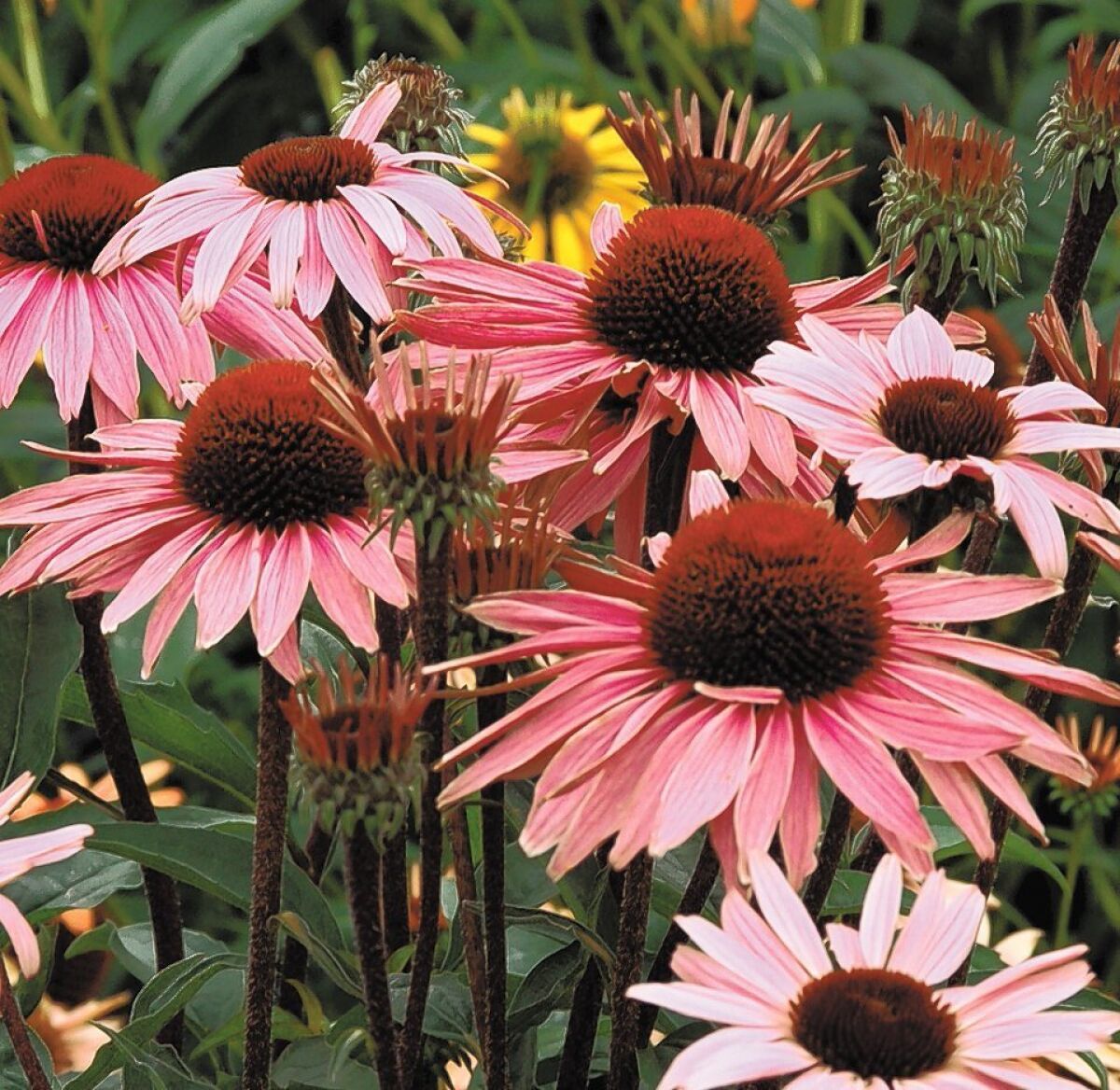
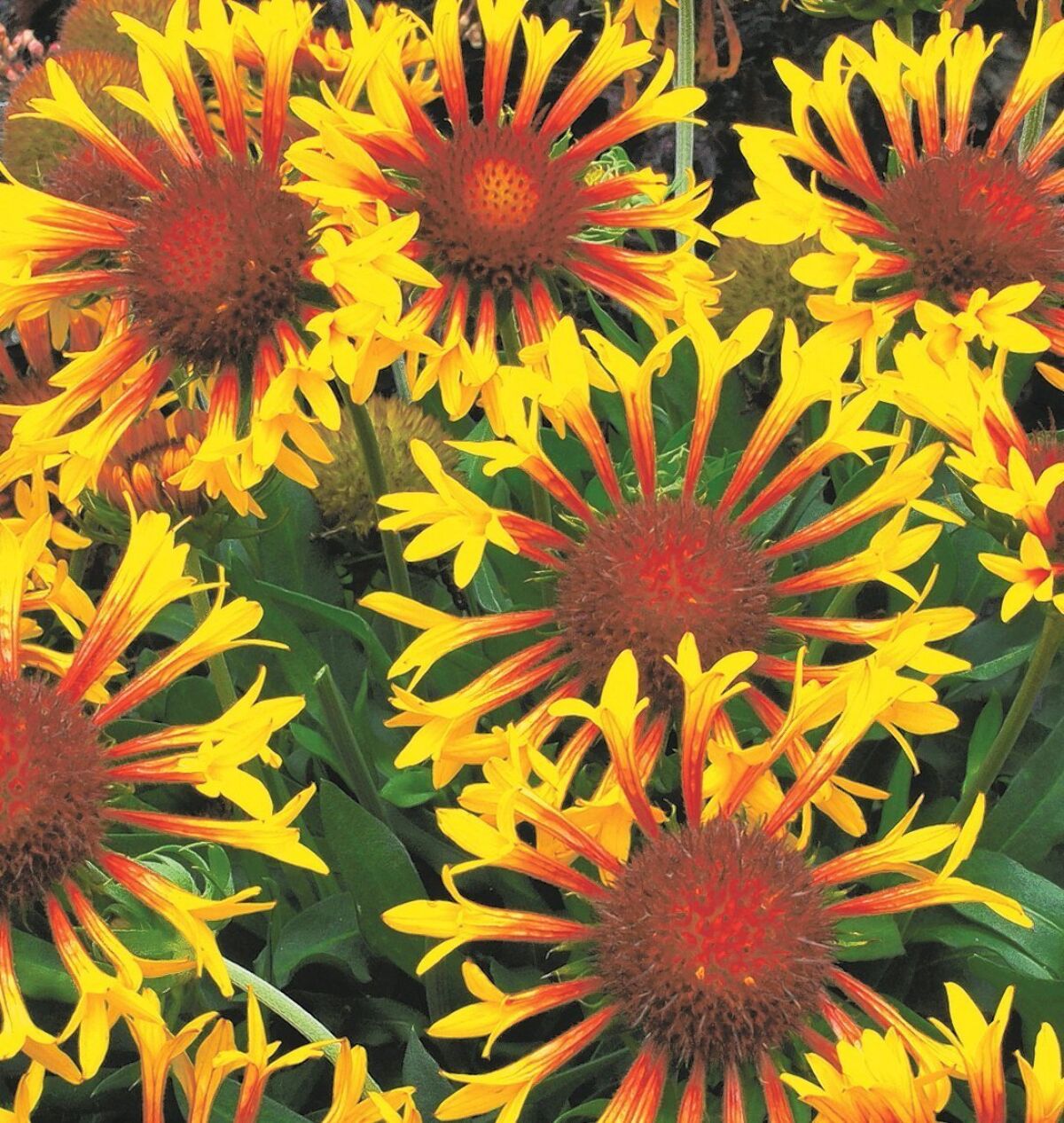
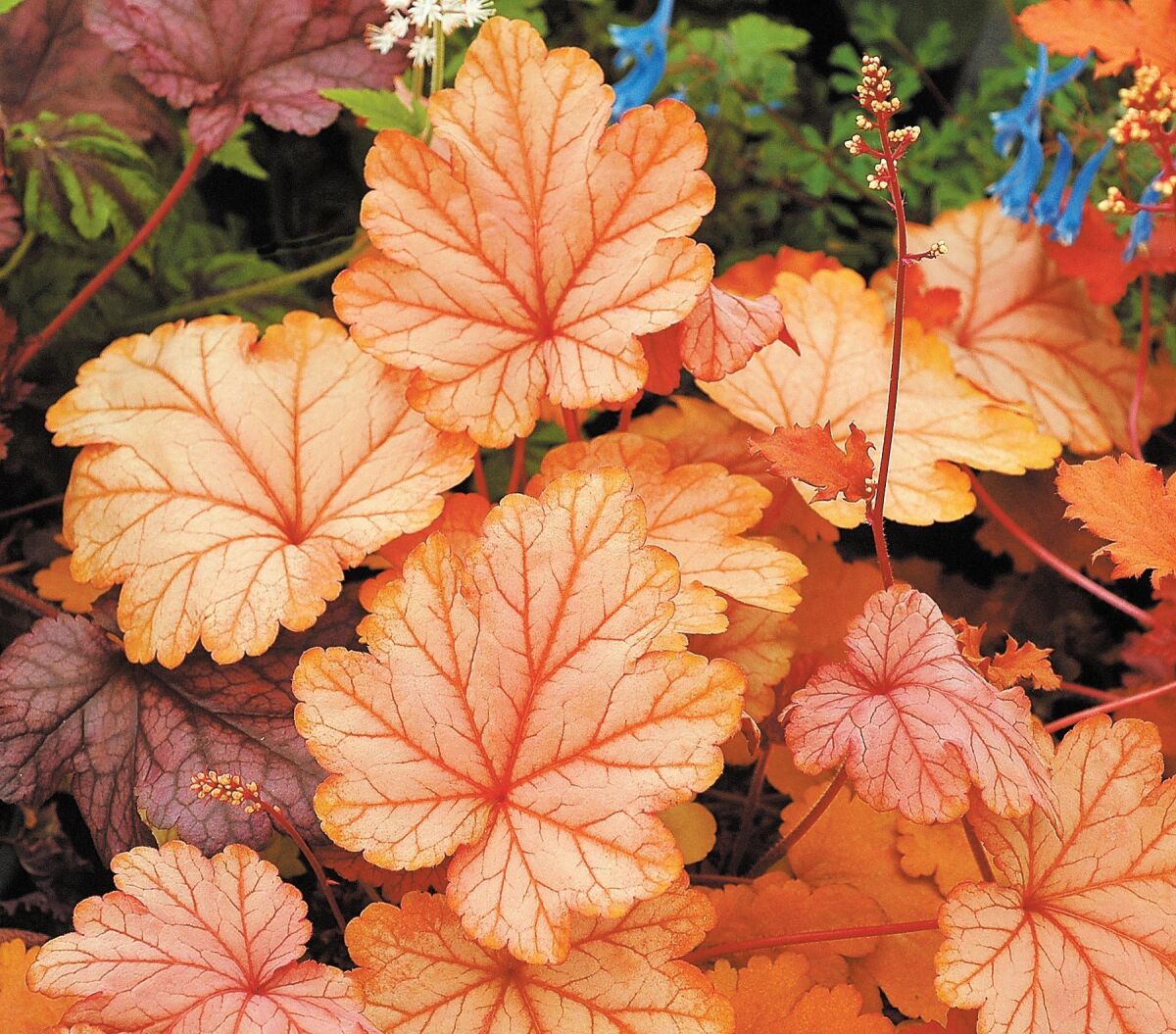
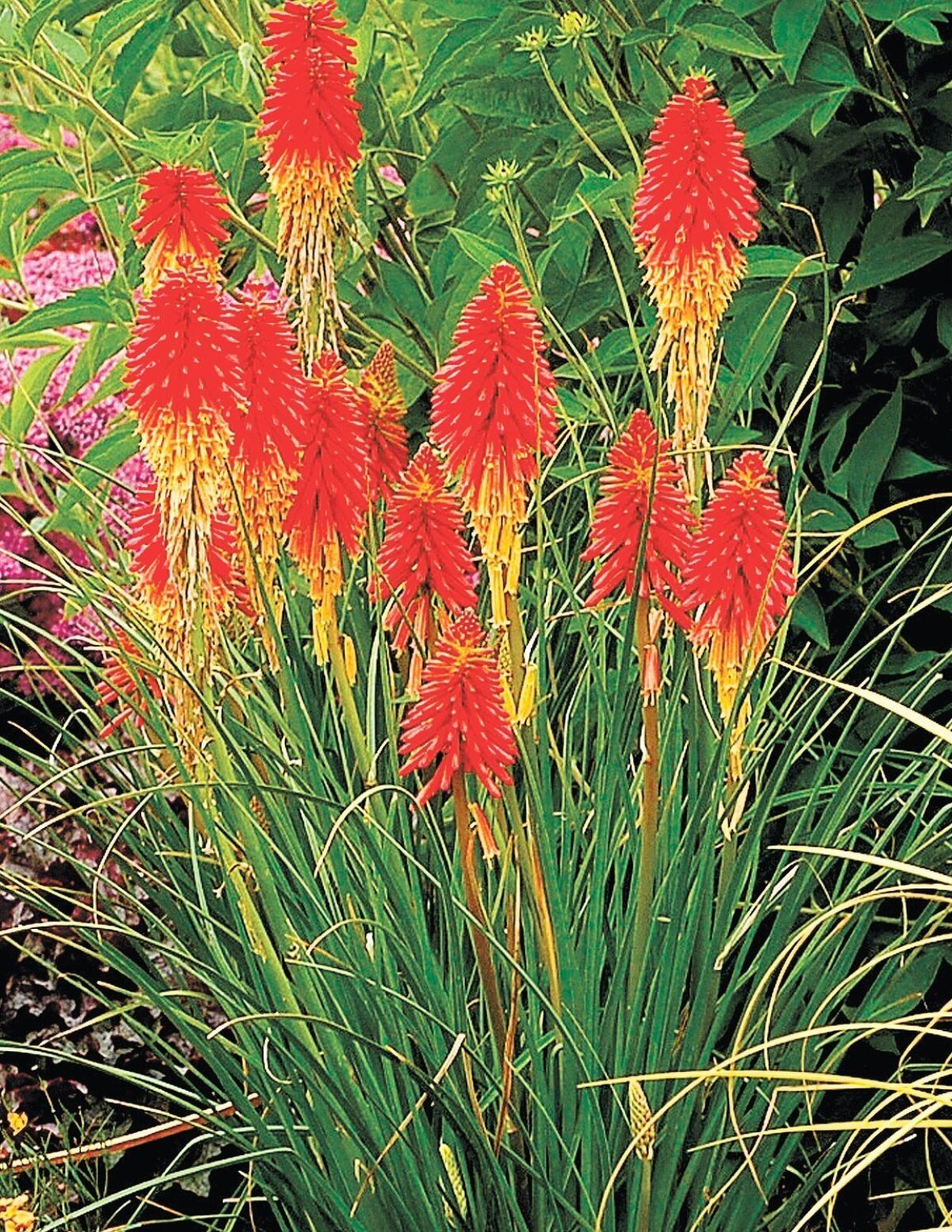
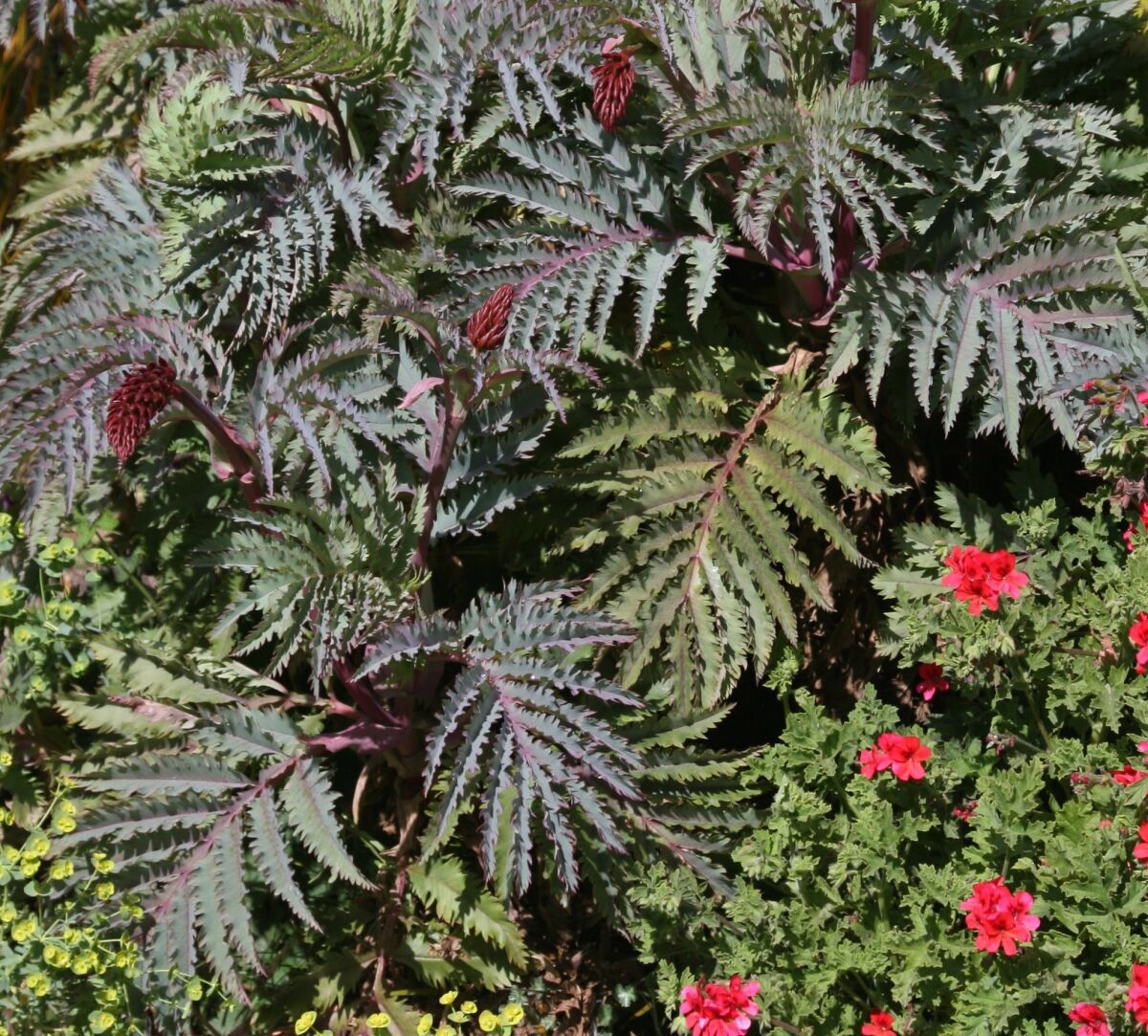

 {{ article.title }}
{{ article.title }}

